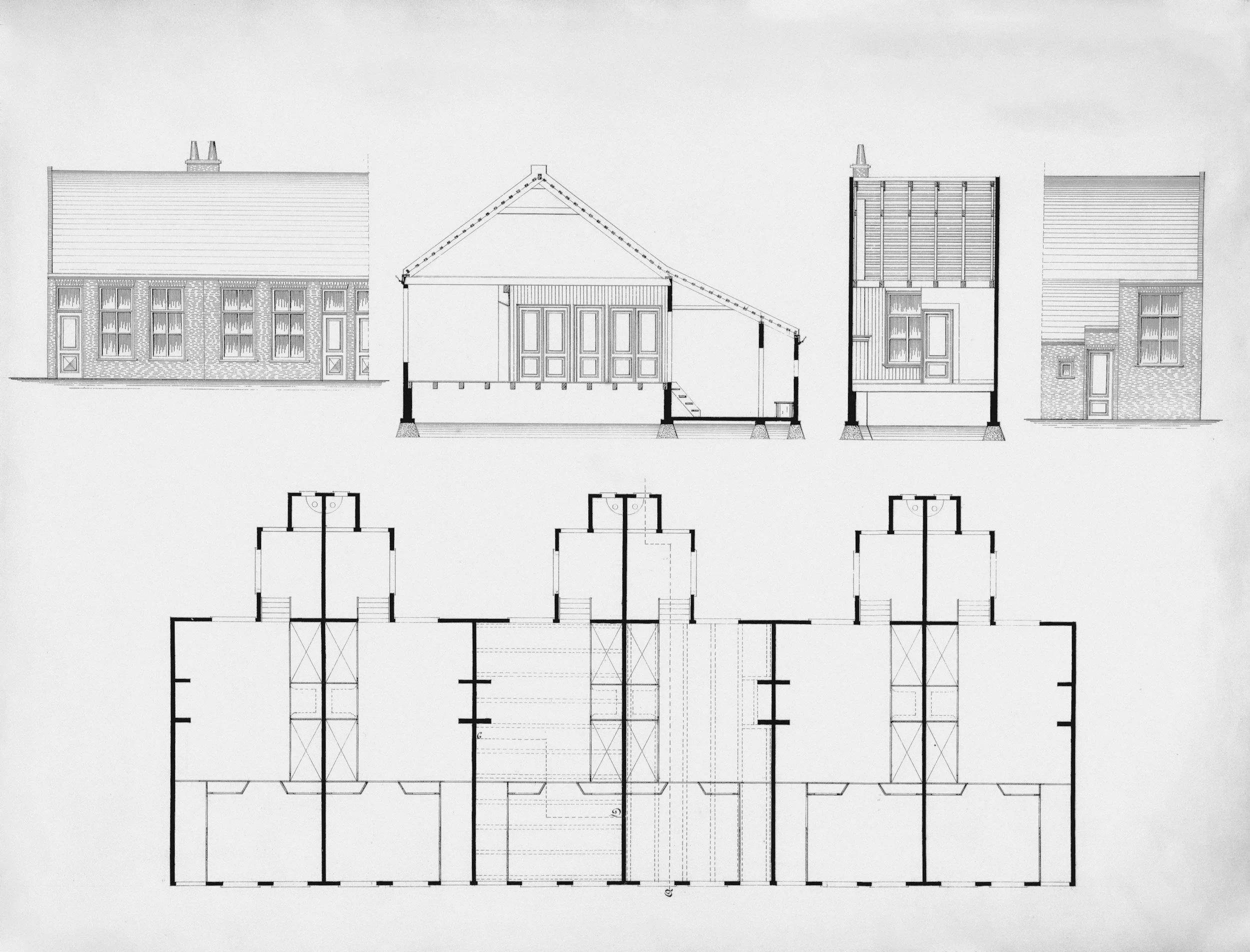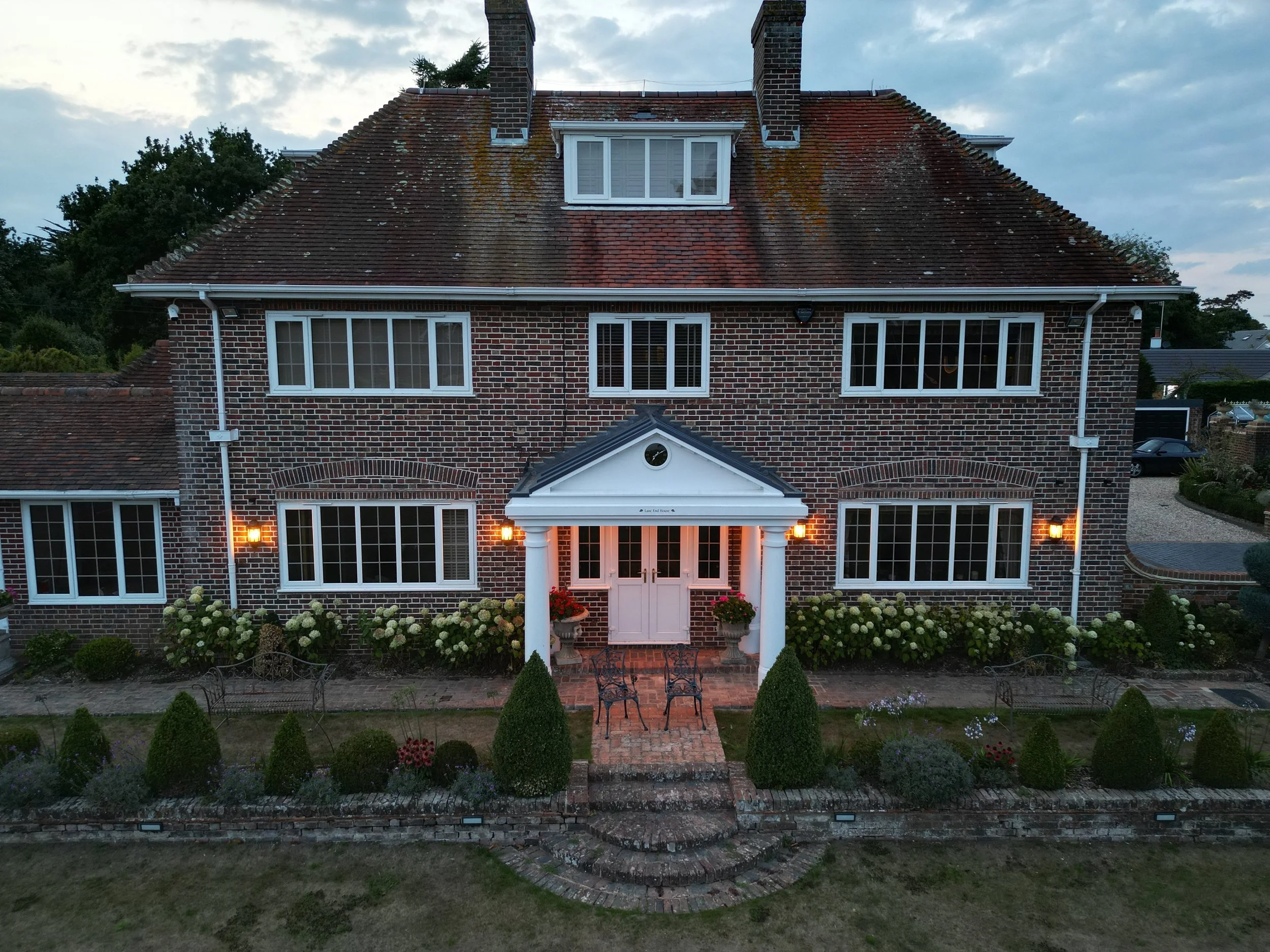Heritage Statement/ Heritage Impact Assessment
We provide clear, cost-effective, timely, and expert-led heritage assessments tailored to your project, whether you’re renovating a period home, extending a listed property, or planning a new development, helping to meet your planning commitments.
1. What Is A Heritage Statement?
A heritage statement is a key document required by UK planning authorities when proposing changes to a listed building, a property within a conservation area, or development affecting the setting of a heritage asset. A heritage asset is any building, monument, site, or landscape identified as having heritage interest — listed or unlisted — that contributes to the historic environment (the shape, character, or story of an area’s history).
The heritage statement assesses what makes a place historically significant and how your proposed works may affect that significance.
At European Archaeological Surveyors, we produce clear, proportionate and policy-compliant heritage statements following Historic England’s Advice: Statements of Heritage Significance (HEAG 279).
This ensures that your planning application meets both national requirements under the National Planning Policy Framework (NPPF) and the validation criteria of your local planning authority.
2. Why You Need One (And When)
Local authorities often require a heritage statement whenever development could affect the significance of a heritage asset — that is, the special architectural, historical, or archaeological interest that gives it value.
Typical situations include:
Alterations or extensions to listed buildings
Alterations or extensions to a building within a conservation area (in compliance with an Article 4 Direction)
New development within or adjacent to a conservation area
Works affecting the setting of a historic structure or landscape
Applications requiring listed building consent or planning permission
By providing a well-prepared heritage statement from the outset, you reduce the risk of planning delays, minimise costly revisions, reduce the risk of the council requiring a Written Scheme of Works, and demonstrate to decision-makers that your proposal is informed and sensitive to its context.
3. What We Cover – Our Heritage Statement Service
We prepare comprehensive, policy-compliant reports designed to meet the requirements of planning authorities and support the smooth progression of your project.
Each heritage statement we produce typically includes:
Identification of heritage assets: Listed buildings, conservation areas, or other designated and non-designated assets affected by the proposal.
Assessment of significance: Analysis of the asset’s historic, architectural, and cultural value using HEAG 279 criteria.
Impact assessment: Evaluation of how the proposed works may alter or affect the significance.
Justification and mitigation: Reasoned argument demonstrating how harm has been avoided, minimised, or balanced by public benefit, in line with the NPPF.
Supporting material: Historical mapping, photographs, and plans illustrating the heritage context.
Our reports are proportionate to the level of impact and tailored to your specific planning needs — whether for a single property owner, architectural practice, or larger development team.
4. Our Approach – How We Deliver Value
At European Archaeological Surveyors, we combine archaeological expertise, planning insight, and a practical understanding of development pressures.
Our process follows a transparent, step-by-step approach:
Site visit and assessment: We inspect and photograph the property to understand its physical fabric, setting, and significance.
Research and evidence gathering: We draw on historic maps, archives, local records, and relevant policy documents, including HEAG 279 and local conservation area appraisals.
Assessment of significance: We define the aspects of the asset that contribute to its heritage value — architectural design, materials, craftsmanship, setting, and historical context.
Impact evaluation and mitigation: We analyse how the proposed works affect the significance and suggest ways to reduce or offset any potential harm.
Preparation of the final statement: We present findings clearly, using accessible language that satisfies both planners and non-specialists.
This structured approach ensures your planning submission is evidence-based, defensible, and aligned with Historic England standards.
5. Frequently Asked Questions
Do I need a heritage statement if my building isn’t listed?
Yes, in many cases. Even non-listed buildings can be located within conservation areas or impact the setting of designated heritage assets. Planning officers often request a proportionate heritage statement to support such applications.
How long does it take?
A typical report takes 5–10 working days, depending on the site’s complexity and the availability of background information. For urgent projects, we can offer an express service.
What will it cost?
We provide fixed-price quotations based on property type, location, and the level of research required, starting from £575. Contact us for a tailored quote.
What is “significance”?
“Significance” refers to the heritage interest that makes an asset valuable to the historical record — including architectural design, historical associations, and contribution to local character (see HEAG 279, 3).
Can you also handle archaeological assessments?
Yes. Our in-house archaeological specialists can integrate desk-based assessments and heritage impact assessments where relevant.
Get In Touch – Start Your Heritage Statement
If you’re planning alterations to a listed building, works within a conservation area, or development that may affect a heritage asset, contact European Archaeological Surveyors today.
We’ll guide you through the process, prepare a robust, policy-compliant heritage statement, and liaise with your design team to ensure a successful planning outcome.
Interested in working together? Please fill out the information, and we will be in touch with you soon. We can’t wait to hear from you!




